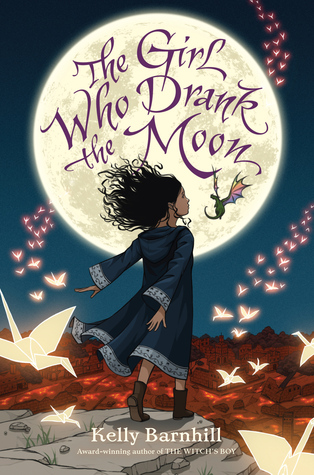Liesl Shurtliff is a favorite author here at A Year of Reading. Franki has reviewed Rump, Jack, and Grump. Liesl has a new series, Time Castaways, and the second book has its book birthday on Tuesday!
by Liesl Shurtliff
Katherine Tegen Books, September 17, 2019
by Liesl Shurtliff
Katherine Tegen Books, October 15, 2019
Liesl has graciously shared her thoughts on The Importance of Reading Wisely. We couldn't agree more!
The
Importance of Reading Widely
By Liesl
Shurtliff
“You are what you read.” It’s a sentiment many people have tossed
around over the years, right along with “You are what you eat.” And if both of
these things are true then I challenge anyone to define who I am. I read too widely,
and I eat absolutely everything. I’m a person with many tastes and interests. I
think we all should be.
I see many initiatives to get people to read more, and I like
them, but what I’d liked to see a little more of is encouragement for people to
read more widely, move outside their comfort zones, pick up a book you wouldn’t
normally choose. Here are my suggestions:
Read both fiction and non-fiction
Statistics show that women tend to read more fiction, and men
gravitate toward non-fiction. This is fascinating to me, and I could delve into
all kind of psychoanalytic theories about why this is and what it means, but
that would be (mostly) beside the point of the post. Suffice it to say, I think
we should tip the scales in both cases. Men should read more fiction. Women
should read more non-fiction. Both are good for you.
I personally used to think non-fiction was code for BORING. I’ve
since learned that non-fiction can be some of the most engrossing books out
there. It’s one thing to get lost in a good story. It’s another to get lost in
a good story that is completely REAL. Malcolm Gladwell, Erik Larson, and
Elizabeth Gilbert have been a few of my favorites.
Read outside your usual genre.
Whenever someone asks what genre is my favorite I say “Good
writing.” Perhaps the definition of what makes a good book is subjective, but
I’ve found my own tastes have become more refined the more widely I read. Yes,
I read a lot of fantasy as that is what I write, but I’ve read plenty of poorly
written fantasy, and I’ve found that it helps my own writing to read a wide
variety of genres and styles. I feel like I’m in a rut when I read too much of
one genre. It can start to feel stale and boring, sort of like eating only one
kind of food. No matter how good those tacos are, eventually I’m going to want
some salad. Mix up your reading diet with a mixture of genres.
Read books and authors outside your own race, culture, religion,
country, experience and world view.
Reading has been touted as an activity that develops empathy, but
for whom are we developing empathy? People like us? People whose experience and
world view is not so different from our own? That will not develop empathy,
only self-assurance. Challenge yourself and your world view. Pick up a book
that makes you a little uncomfortable. Or a lot. And please, read books written
by authors who are intimately acquainted with the experience being written
about (aka #OwnVoices.) It matters.
Read children’s books!
Okay, I am slightly biased here, seeing as I’m a children’s book
author, but please believe me when I say there is some incredibly good
literature being produced in the children’s book world. Don’t stick your nose up
at it. Pick up a picture book, a middle-grade or young adult novel, or a
graphic novel, and remember what it was like to be a kid. Or pick up a book you
remember reading and loving as a kid and see what you think of it now. I’ve
done this and usually find I love it just as much, even though I’m reading it
with a completely different perspective. It’s a nostalgic experience.
Reading is good. Reading a lot is better. Reading widely is best,
just like eating a varied diet. Take stock of your reading choices. See if you
can mix things up every now and then. Get
recommendations for friends or co-workers. If there’s one thing I know it’s
that people love to talk about what they’re reading. And if they don’t read,
well then, we should all be ready to share our own reading recommendations and
feed the famished. Best to have a variety on hand.
Liesl Shurtliff is the New York Times bestselling
author of the (Fairly) True Tales series and the Time Castaways trilogy.
The second book is available October 15th! Her
books have been named to over two dozen state award lists and have
won many awards including a Children’s Book Award from the International
Literacy Association. Liesl lives in Chicago with her husband and four
children. Lieslshurtliff.com @lieslshurtliff
Thanks for visiting, Liesl! We can't wait to read your new series!








